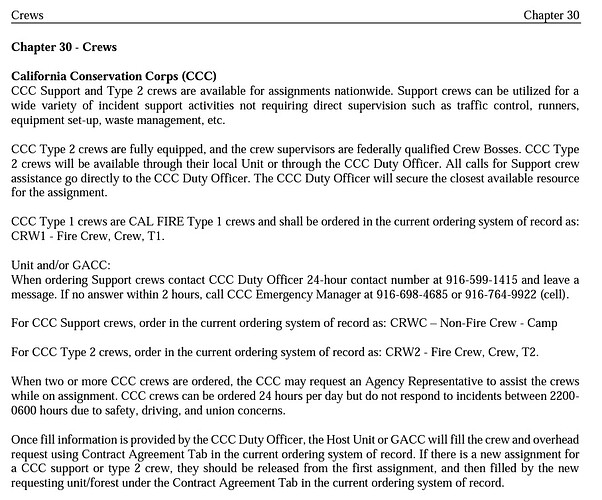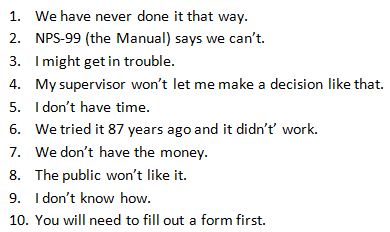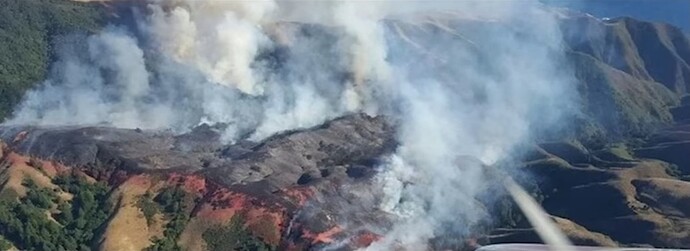Quaerens Caveat (“let the seeker beware”)
I have known people who automatically said no to almost every suggestion, no matter how trivial. Saying yes meant they had to make a decision.
I would like to have met Bill Gabbart in person. He must have been an amazing dinner guest and story teller. We don’t have that option, today. Pieces like the Ranger article often raise more questions than they answer. Maybe, that’s the point.
As a wildland firefighter, researcher and journalist, Gabbart and his works stand tall. Journalists are full of questions. It’s in the job description. Wildland firefighters live with their heads on a swivel. That’s also in the job description. Wildland firefighters, journalists, researchers and all-around adventurers are often seekers and searchers. And finders.
This age recommends competencies in using search tools and data, but sometimes it’s for their own ends. The tools we use are often provided by vendors whose agendas interfere with our own, with uncertain consequences. Researching data graphs and ‘semantic’ systems taught me about the occasionally hidden arbitrariness of a chosen data point of reference (NWCG PMS205 owl:NamedGraph). Recommended content is sometimes poorly recommended, leading to exit or distraction.
Trivialization is no trivial topic. There are time constraints. The evidence from even this very site is that, in work, sometimes one needs to adjust one’s sight picture, resettle the goggles on your face, adjust some straps. Have a sip of water to dry your throat. Unfortunately, we have lost the opportunity to sit Gabbart down and question him a little bit about the decisions he made that led him to the conclusion I quoted, above. An opportunity cost with no refund.
Like search and rescue and why USAR should be done by people trained to it. It may be an exaggeration, but say one comes across the most profound artifact of anthropological significance in a search for survivors, one might make a mental note of it, at best, when the clock is running out on those who remain alive. Trivialization could be fatal. Not to the seeker, but to the sought.
I’m sure, if we had Bill Gabbart here to answer such things, he’d be quick to acknowledge the point. But we don’t. He will be missed.
Two kinds of people in this world
Winners, losers
I lost my power in this world
Because I did not use it
So I go insane like I always do
And I call your name, she’s a lot like you
Two kinds of trouble in this world
Living, dying
I lost my power in this world
And the rumors are flying
So I go insane like I always do
And I call your name, she’s a lot like you
– Lindsey Buckingham, “Go Insane”




